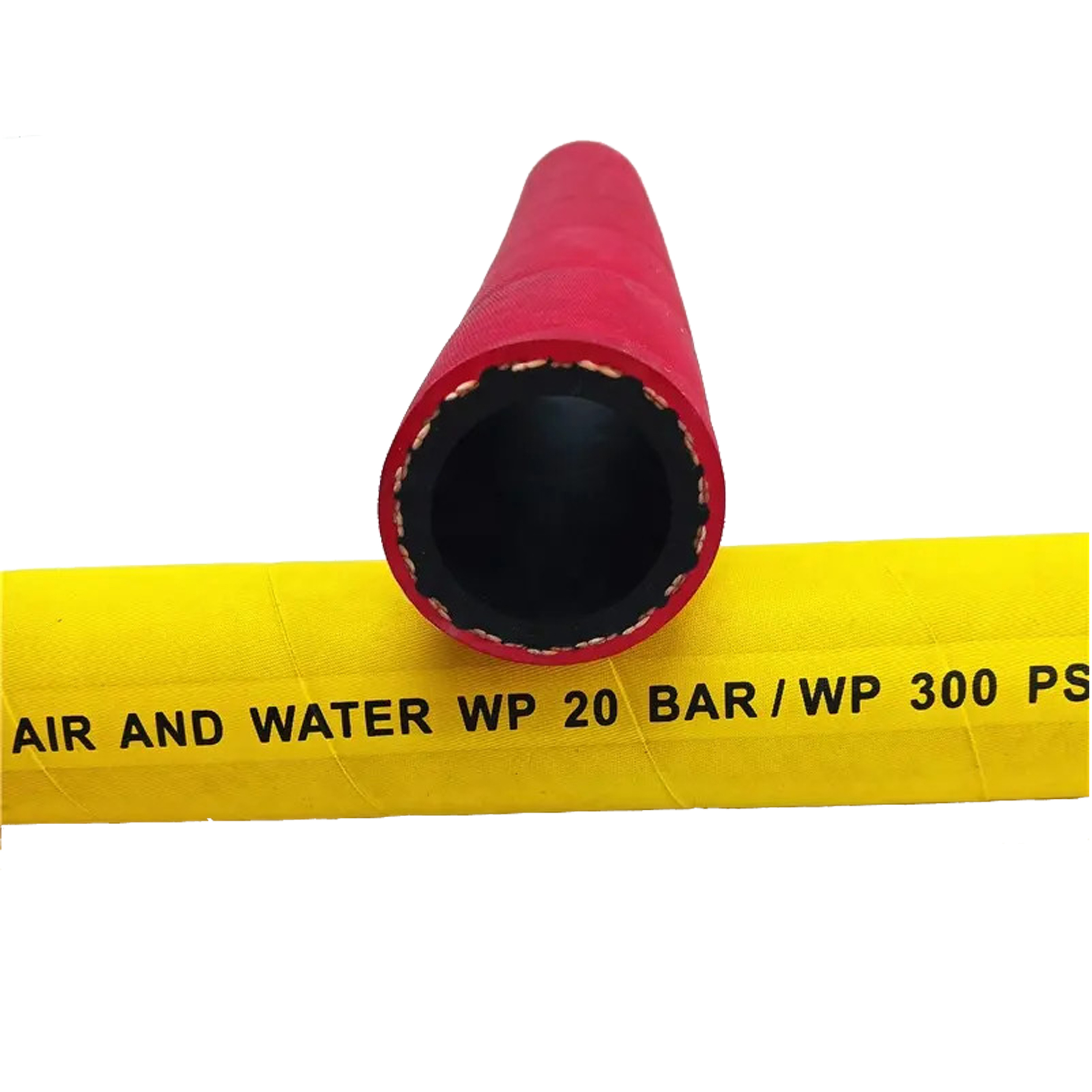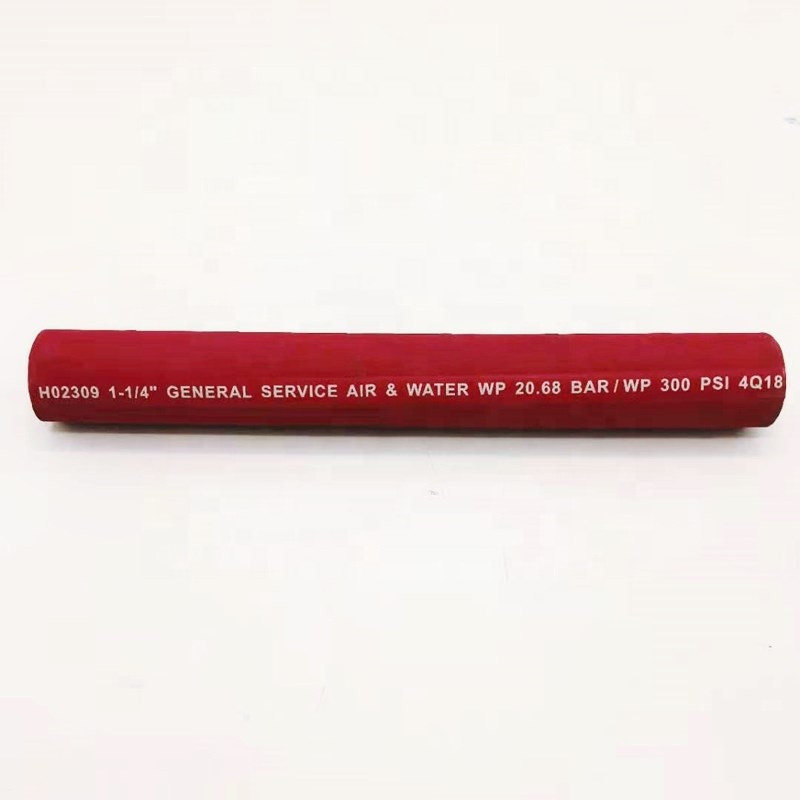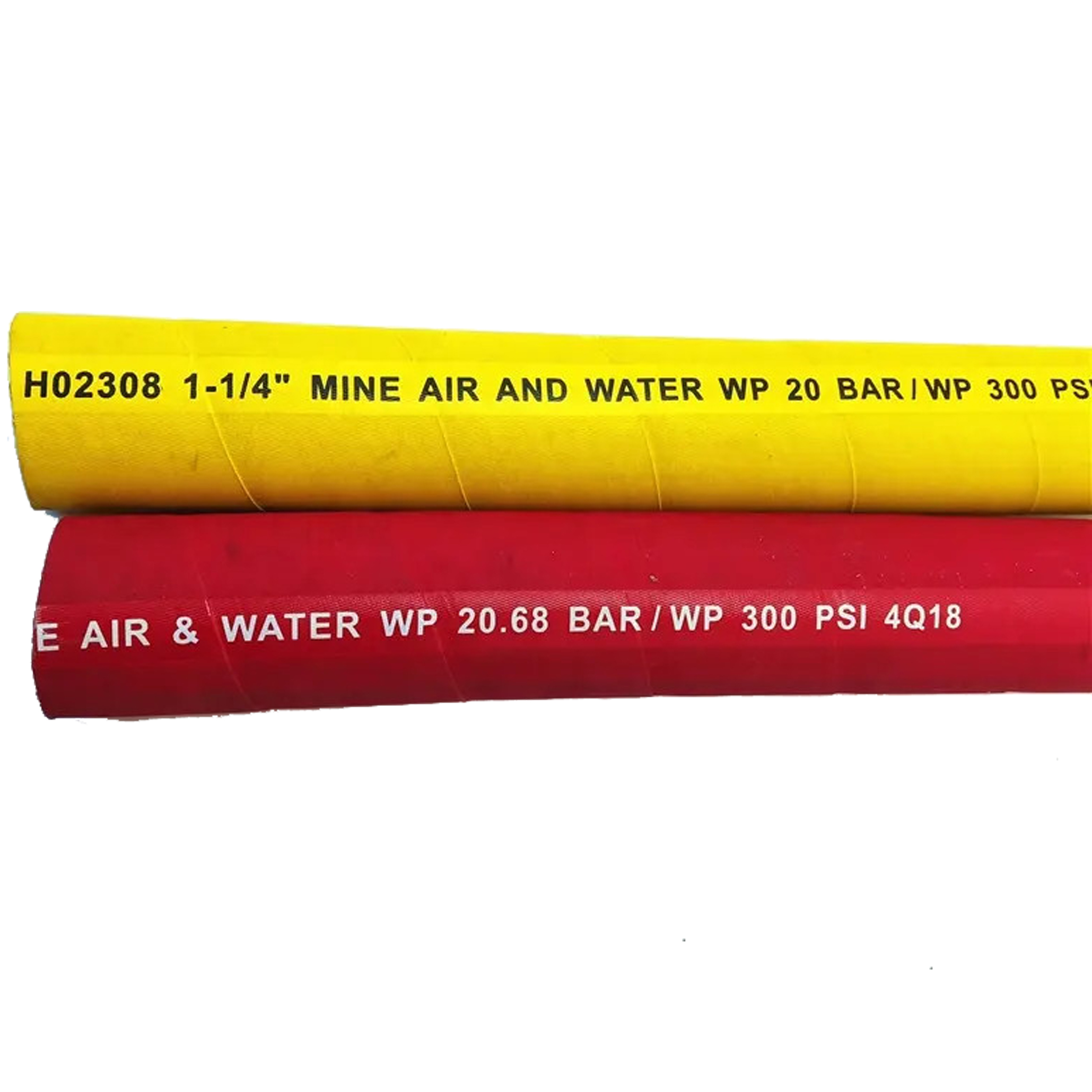335345435
Jul . 28, 2025 08:01 Back to list
High-Performance Distribution PTFE Hose for Flexible Industrial Solutions
Mastering Distribution PTFE Hose: Industry Insight, Technical Excellence, and Practical Expertise
In today’s fluid and gas transfer industries, the distribution PTFE hose and its variants (flexible PTFE hose, production PTFE hose, PTFE flex hose, PTFE flexible hose pipe, PTFE hydraulic hose, PTFE stainless braided hose, PTFE steel-braided hose, PTFE teflon hose, teflon PTFE hose) offer engineers and manufacturers robust, efficient, and versatile solutions. This article dives deep into their technological parameters, market trends, authoritative manufacturing processes, and competitive benchmarking—empowering procurement and technical professionals to make informed decisions.

1. Current Trends in Distribution PTFE Hose Industry
- Global market size: PTFE hose market exceeded $1.5 billion USD in 2022, achieving a CAGR of 7.3% (source: Markets&Markets 2023).
- Growth drivers: Expansion in petrochemical, pharmaceutical, and food/beverage industries; demand for high purity, corrosion-resistance, and flexible transfer solutions.
- Technology evolution: Increasing use of stainless steel braided PTFE hoses and PTFE flexible hose pipes for higher pressure/temperature ratings.
The market demand for distribution PTFE hose continues to rise with stricter ISO, FDA, and ANSI standards across chemical transport lines, high-purity gases, fuel and hydraulic systems, and sanitary processes.
2. Key Technical Parameters of Distribution PTFE Hose (Industry Comparison)
| Parameter | Standard PTFE Hose | PTFE Stainless Braided | PTFE Hydraulic | PTFE Flexible Pipe |
|---|---|---|---|---|
| Bore Size (mm) | 6–25 | 3–50 | 5–32 | 10–38 |
| Temperature Range (°C) | -70~+260 | -73~+260 | -60~+260 | -70~+230 |
| Max Working Pressure (bar) | 50–140 | 80–275 | 70–210 | 30–60 |
| Burst Pressure (bar) | 180–500 | 250–800 | 230–620 | 100–180 |
| Cover/Braid | Polyester/Yarn | Stainless Steel 304/316 | Steel/Braided | Textile/Poly braid |
| Applicable Standards | ISO 1402 / FDA 21CFR177.1550 | ISO 10380 / SAE J517 | ISO 3821 / DIN EN 16643 | ISO 1307 / FDA |
| Chemical Resistance | Excellent | Excellent | Excellent | Good |
| Usage Life (Years) | 10–15 | 15+ | 10–15 | 7–10 |
3. Distribution PTFE Hose Manufacturing Process
Manufacturing a high-quality distribution PTFE hose involves a series of tightly controlled processes, ensuring compliance with international standards (ISO 1402, SAE J517). Here’s a detailed snapshot:

4. Featured Product: Air Hose Dayiflex ISO Standard Flexible Synthetic Rubber
As industry practitioners, we recommend the air hose Dayiflex ISO standard flexible synthetic rubber—an innovative hose solution meeting stringent international (ISO) standards for pneumatic, hydraulic, and industrial air transfers.
5. Technical Advantages & Application Scenarios
- Extreme Chemical Resistance: Outstanding tolerance to acids, bases, hydrocarbons (outperforms classic rubber hoses, see chart above); ideal for chemical, gas, and process lines.
- Wide Working Range: Withstands from –70°C to +260°C, retaining flexibility and mechanical integrity.
- Pressure Handling: Steel-braided PTFE hoses achieve up to 275 bar working/800 bar burst pressure; suitable for hydraulic actuation and high-pressure steam (source: Hose Institute Data 2023).
- Long Service Life & Safety: 10–15+ years operational lifespan under recommended service loads (per ANSI/ISO testing).
- Reduced Risk of Permeation: Nearly “zero” gas and fluid permeability compared to common elastomeric hoses.
- Sanitary & Food Grade: Fully FDA-compliant PTFE teflon hose for food, beverage, and pharmaceutical production lines.
- Anti-static Options: Carbon-loaded PTFE available to prevent static buildup in fuel transfer lines.

6. Leading Manufacturers’ Tech Comparison: Distribution PTFE Hose
| Company | Material | Available Standards | Unique Feature | Warranty |
|---|---|---|---|---|
| Dayiflex | Synthetic Rubbers, PTFE, Steel | ISO 1402, FDA, SAE J517 | Enhanced flexure, abrasion-resistance, low toxic | 24–36 mo. |
| Parker Hannifin | Virgin PTFE, Braided 316 SS | ISO, SAE, FDA, 3A Sanitary | Biopharma cleanroom class, FDA-compliant | 24 mo. |
| Swagelok | PTFE, S304/316 Outer | ISO 10380, EN16643 | Double-layer PTFE, lowest permeation | 18 mo. |
| Gates Hydraulics | PTFE, Textile/SS Braid | ISO, SAE | Color-coded covers, fast ship | 18 mo. |
7. Custom Distribution PTFE Hose Solutions
Distribution PTFE hoses can be custom-engineered for diverse application environments:
- Bore Customization: 3mm microbore to 2” ID for process, hydraulic, or specialty gases.
- Reinforcement Options: Single/double SS braid, synthetic cord, or anti-static layers.
- End Fittings: Weather-proof crimped fittings, threaded ANSI B 1.20.1, or quick-connect.
- Sanitary Liner: Smoothbore, convoluted, or FDA-compliant food grade for bioprocess.
- Color/Marking: Laser identification, color-coded braid/cover.
- Pressure/Temp Tuning: Ultra-high pressure, cryogenic, or steam-optimization.
Typical Application Cases:
Chemical plants: High flow transfer of caustics or solvents with PTFE steel-braided hose (no product degradation).
Biotechnology: Cleanroom piping using teflon PTFE hose, minimizing extractables.
Automotive: Fuel and hydraulic lines using PTFE hydraulic hose for long-term ozone/heat resistance.
Waterworks/Utilities: Resistant to scale, clogging, and corrosion vs polyurethane/rubber alternatives.
8. Field Application & Customer Feedback
“Switching to distribution PTFE hose for our acid transfer lines slashed downtime and maintenance. Flow stability is up 29%, and replacement cycles doubled vs our prior solution.”
Medical Device Assembler, 2022 (Germany):
“PTFE flexible hose pipe enabled cleanroom-grade O2 delivery, with zero taste/odor migration and robust performance under autoclave cycles.”
Food Processing OEM, 2021 (Asia):
“Using FDA-certified PTFE teflon hose lines from Dayiflex reduced compliance audit headaches and improved in-line sanitation & productivity.”
9. Distribution PTFE Hose: Advanced Technical FAQ
- Q1: What is the advantage of using a PTFE hydraulic hose over conventional rubber hoses?
- A PTFE hydraulic hose offers exceptional chemical resistance, handles higher working temperatures (up to 260°C), and maintains structural integrity under high dynamic pressure and cycle loads compared to rubber alternatives, ensuring longer service intervals.
- Q2: How do I select between a flexible PTFE hose and a convoluted PTFE teflon hose?
- Flexible (smoothbore) PTFE hoses suit high purity fluids and low-turbulence flow, minimizing particle migration, while convoluted hoses improve bend radius and flexibility for vibration-prone installations but may trap particulates.
- Q3: What is the role of stainless-steel braiding on PTFE hoses?
- Stainless steel braiding enhances internal pressure capability, limits hose elongation (“ballooning”), provides additional abrasion resistance, and enables safer use in hydraulic and high-temperature service lines.
- Q4: Which international standards govern distribution PTFE hose testing?
- Principal standards include ISO 1402, ISO 10380 (flex/pressure), FDA 21CFR177.1550 (food grade), EN 16643 (hydraulic), and SAE J517 (general hose parameters).
- Q5: Can distribution PTFE hoses be used for steam or heated fluid lines?
- Yes, PTFE hoses withstand regular service to 260°C and intermittent bursts up to 290°C, making them ideal for saturated steam delivery, autoclaves, and high-temperature process lines; always ensure proper fitting compatibility.
- Q6: What is the typical lead/delivery time for custom PTFE hose assemblies?
- For standard builds, delivery can be 5–10 working days; for bespoke constructions (special fittings, batch certifications), expect 2–4 weeks—subject to factory capacity and raw material availability.
- Q7: What after-sales support and warranty is offered by reputable manufacturers?
- Most suppliers, such as Dayiflex, provide 18–36 months warranty depending on application, along with MSDS/CoC documentation, on-site installation guides, and technical consultation for troubleshooting and installation compliance.
10. Delivery, Warranty, and Customer Support
- Standard Lead Time: 7–14 days for regular stock, 2–4 weeks for custom lengths/fittings.
- Warranty: 18–36 months for PTFE hoses (covers materials/workmanship; excludes misuse/abuse).
- Customer Support: ISO, FDA, and technical compliance documentation, on-site advice, 24/7 technical hotline, rapid installation video guides.
- Third-Party Certification: Submit test reports by SGS/TÜV/UL as required; full material traceability available.
- Return Policy: 30-day product defect return, fast replacement.
11. Authoritative Industry References
- Market research: PTFE Hose Market Report (MarketsandMarkets)
- Industry forum: Hose Assembly Tips Tech Forum
- Technical standards overview: ISO 1402: Rubber and plastics hoses—Hydraulic pressure testing
- Academic case study: PTFE Lined Hose Applications in Chemical Plants
- Product detail: Dayiflex Rubber Hose Official Website
-
High-Quality Distribution PTFE Hose for Industrial Applications
NewsJul.28,2025
-
High-Performance Distribution PTFE Hose for Flexible Industrial Solutions
NewsJul.28,2025
-
High-Quality Distribution PTFE Hose for Industrial Applications
NewsJul.27,2025
-
Durable Pressure Washer Rubber Hose for Hot Water & High Flexibility
NewsJul.26,2025
-
High-Quality Distribution PTFE Hose for Industrial Applications
NewsJul.25,2025
-
High-Precision Hydraulic Hose Crimping Machine for Fast, Reliable Fittings
NewsJul.24,2025



